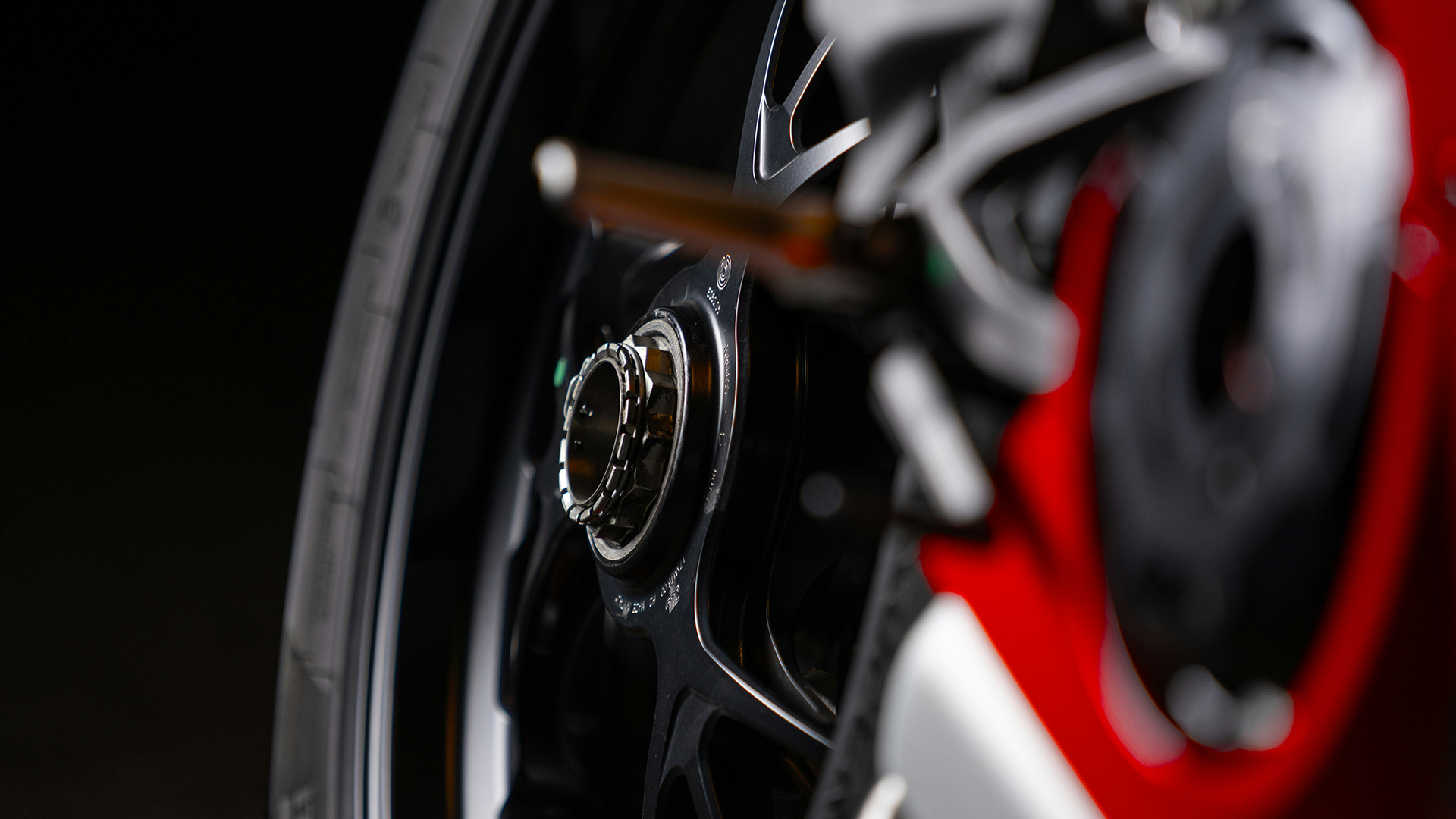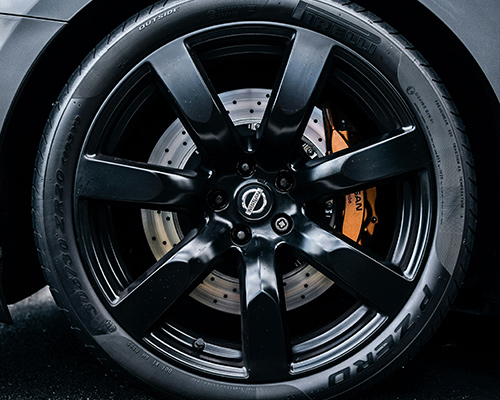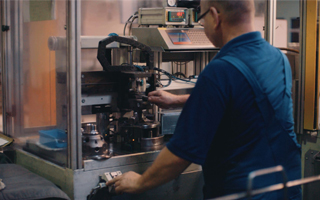DIY Brake Disc Inspection: A Step-by-Step Guide
11th April 2024
Ensuring the safety and reliability of your vehicle should involve a regular routine of maintenance and inspection, with brake discs right at the top of the list. As a leader in the manufacture of superior automotive components, MAT Foundry Group understands the critical role brake discs play in your vehicle's overall braking system.
This short guide is designed to help vehicle owners with the knowledge and confidence to perform DIY brake disc inspections, maintaining high safety standards and optimising vehicle performance. Needless to say, if you are unsure of how these procedures should be done, then ALWAYS ask a pro for help.
Understanding How Brake Discs Work

Before getting down to the inspection, it's essential to understand the function of brake discs within the braking system. Brake discs, or rotors, work in conjunction with brake pads to slow down your vehicle through friction. When the brake pedal is pressed, the pads clamp onto the rotating discs attached to each wheel, this, of course, reduces speed. Over time, this constant friction causes wear and tear on the discs necessitating regular inspections to ensure they remain in good condition.
Preparation for Inspection
Safety First: Ensure your vehicle is parked on a flat surface, the parking brake engaged, and the engine off. Wear safety glasses and gloves to protect against dust and debris.
Gather Tools Together: A torch, a ruler or caliper for measuring disc thickness, and a jack with axle stands for lifting the vehicle are essential.
Wheel Removal: Loosen the wheel nuts covering the brake disc you wish to inspect. Use the jack to lift the vehicle, then secure it with axle stands. Remove the wheel nuts completely and take off the wheel to expose the brake disc.
Step-by-Step Inspection Guide
Visual Inspection for Surface Condition
Look for Wear and Tear: Examine the surface of the brake disc for any visible signs of wear, such as grooves, cracks, or scoring. Minor wear is normal, but deep grooves or visible cracks indicate the disc needs replacement.
Check for Warping: This can happen due to overheating and may not always be visible. A warped disc will cause vibration during braking. If you suspect warping, this will require a more detailed inspection using a dial indicator. It's best to get some professinal help in this instance.
Measure Disc Thickness: Find the Manufacturer Specifications: Refer to your vehicle's service manual to find the minimum recommended thickness for your brake discs.
Use a Brake Caliper to Measure Thickness: Measure the thickness of the brake disc at several points around the circumference. If any point measures below the manufacturer's minimum thickness specification, change the disk.
Inspect for Uneven Wear: Uneven wear suggests issues with the brake pads or caliper, leading to one side of the disc wearing down more quickly than the other. If you notice significant uneven wear, it may be necessary to inspect the brake pads and calipers in addition to considering disc replacement.
Check for Rust and Corrosion: A certain amount of surface rust on brake discs is normal, especially after the vehicle has been parked in wet conditions. However, excessive rust, particularly if it affects the surface where the brake pads contact the disc, can impair braking performance. Clean or replace as necessary.
Post-Inspection Steps

Decision Making: Based on your inspection, decide whether your brake discs are in good condition, need professional resurfacing, or require replacement. Always err on the side of caution when it comes to brakes.
Reassembly: If the brake discs are in good condition, replace the wheel, ensuring the wheel nuts are tightened evenly in a star pattern. Lower the vehicle safely from the jack stands and give the wheel nuts a final tighten on the ground to ensure they are securely fastened.
Test Drive: After completing the inspection and any necessary adjustments, take your vehicle for a test drive in a safe area. Pay attention to braking performance and any unusual noises or vibrations that could indicate an issue was missed.
Conclusion
DIY brake disc inspection is a valuable skill that can help ensure your vehicle's braking system remains in top condition, enhancing safety and performance. By following this step-by-step guide, vehicle owners can identify potential issues early, potentially saving on costly repairs down the line.
Remember, while DIY inspections are beneficial, consulting with a professional for complex issues or uncertainties is always recommended. Regular maintenance, combined with high-quality components will keep your vehicle running smoothly and safely for years to come.







